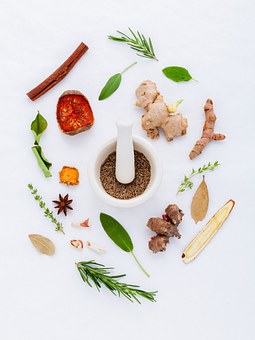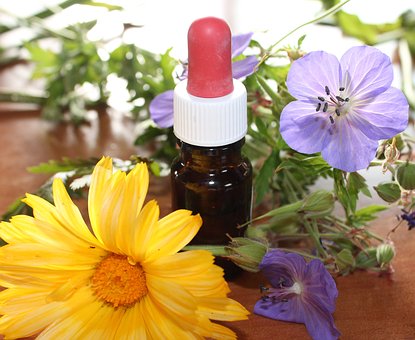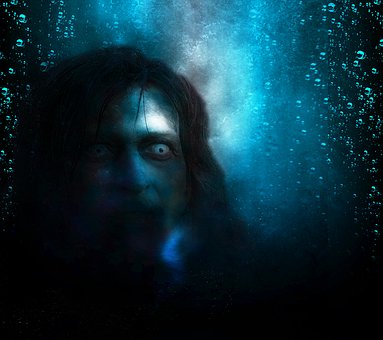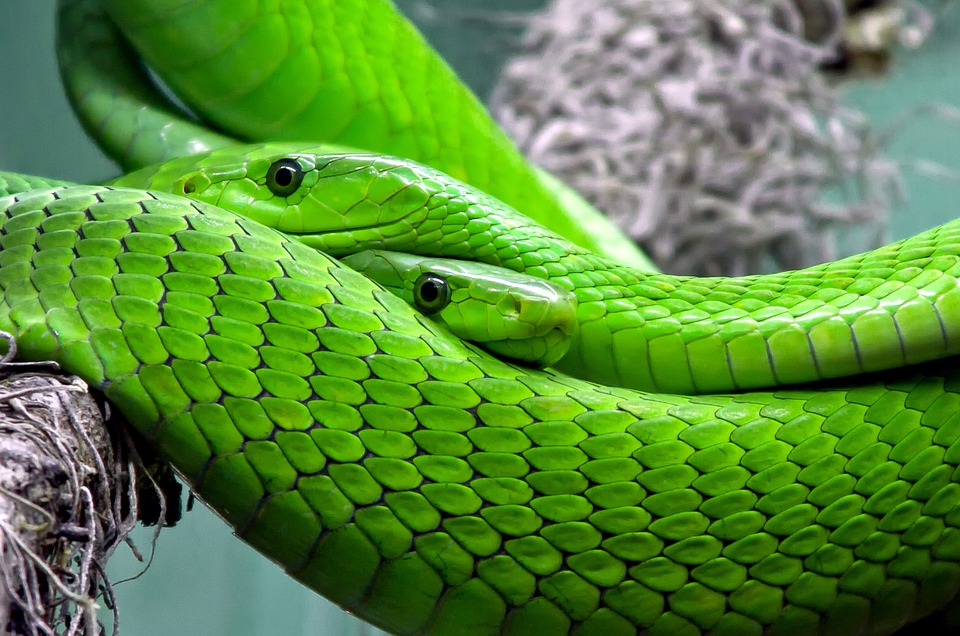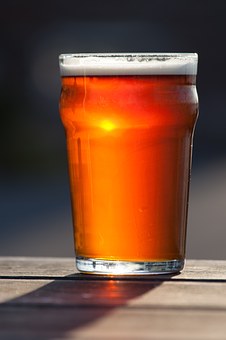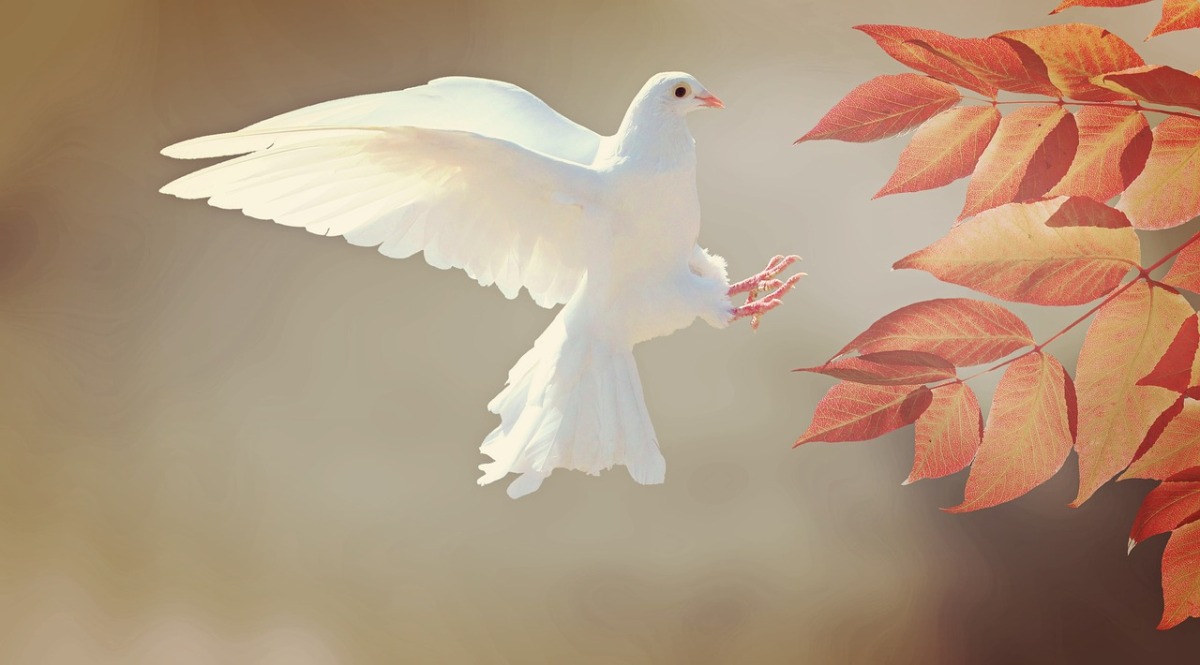Latin Name Cuscuta Europaea
Gender Feminine
Parts Used Whole
Magickal Uses This plant is considered parasitic, so gather the “hairs” of this plant, apply to poppets representing bad habits, and the “parasite” will eat away the bad habit until gone. The hairs may also be secretly placed near enemies to cause confusion. Useful in knot magick, tie a knot into the hair, while making a wish, and it shall be so. If you love someone, and wish to see if the affections are returned, throw dodder into their garden… if it attaches to a host plant, then the answer is yes.
Tag: hair
Chamomile – (anthemis noblis)
hardy evergreen, not a good potted plant. Wild chamomile, roman chamomile, ground apple, Roman chamomile smells like fresh apples and its the most enjoyable to use. Plant near ailing plants to revive them, next to onions to repel mosquitoes, rinse with infusion on fair hair, antiseptic. Oil: pack flowers in olive oil leave in sun for 3 weeks, add 5 or 6 drops to bath for relaxing. Burn or add to spell bag to increase money.
Oengus Mac Oc
by Deepa Chelliah, Clarksville Middle School
Oengus Mac Oc, otherwise known as Aengus, is an Irish/Celtic God. He is the god of love, beauty and youth. He is known for his physical beauty and golden hair, and because his kisses become birds. His name means “Son of the Young.” He was the young lad of Dagda. Oengus lived in a mound by the River Boyne.
Deino
by Darren Schlissel, Clarksville Middle School
Deino, which means dread, was one of the three Graeae (gray women) in Greek Mythology. Her parents were Phorcys and Ceto. She had quite a few sisters including Enys, Pemphredo, and Graea. Her other sisters were female monsters known as the Gorgons. The Gorgons, who the Graea guarded, were Euryale, Sthenno, and Medusa. The best known Gorgon, Medusa, had snakes for hair, and turned whoever looked at her to stone.
Gorgonya
by Cyril Korolev
In Russian folklore the Gorgonya is a woman with snakes in her hair. She knows the languages of all beings; her glance kills instantly. The man who will be able to decapitate the Gorgonya, will be victorious in every battle with her head. According to a legend, Alexander the Great conquered half the world because he had in his luggage the head of the Gorgonya.
HAIR OF THE DOG IMPERIAL STOUT
Ingredients
1 ¼ lb roasted barley
1 lb crystal malt 80L
1 lb chocolate malt
1 lb black patent malt
13 ½ lb dark malt extract
2 oz Galena hops
3 oz Willamette hops
¾ oz East Kent Goldings hops
1 ½ oz Fuggles hops (dry hop secondary)
½ cup corn sugar
Wyeast 1084
Master of Animals
by Dr Alena Trckova-Flamee, Ph.D.
Master of Animals – a Late Bronze Age deity
In the Minoan and Mycenaean mythological and religious iconography appears a male deity, called later by the Greeks, Master of Animals. He is a counterpart of the Mistress of Animals (Potnia theron) 1 portrayed with wild animals, mainly lions and exerting his power over them. On the seals and rings-relief the Master of Animals is depicted with the Minoan manner, wearing only a small cloth around his slim waist and turning his body to show his muscular breasts and shoulders in a frontal position. The head, usually with beard and rich hair, has a strong facial expression. The gem from Kydonia or the Mycenaean seal ring are illustrating such type, while the well known Aegina Treasure-pendant represents the Master of Animals with an Egyptian influence. The motif is created by a completely different way. The deity looks like an Egyptian, holding waterbirds in his hands and his surrounding consists of double snakes and papyrus flowers. The Oriental seals from the Palace of Cadmus in Thiva are showing the Master of Animals with goats, some vegetation and various symbols from the Syrian and Mesopotamian mythology.

